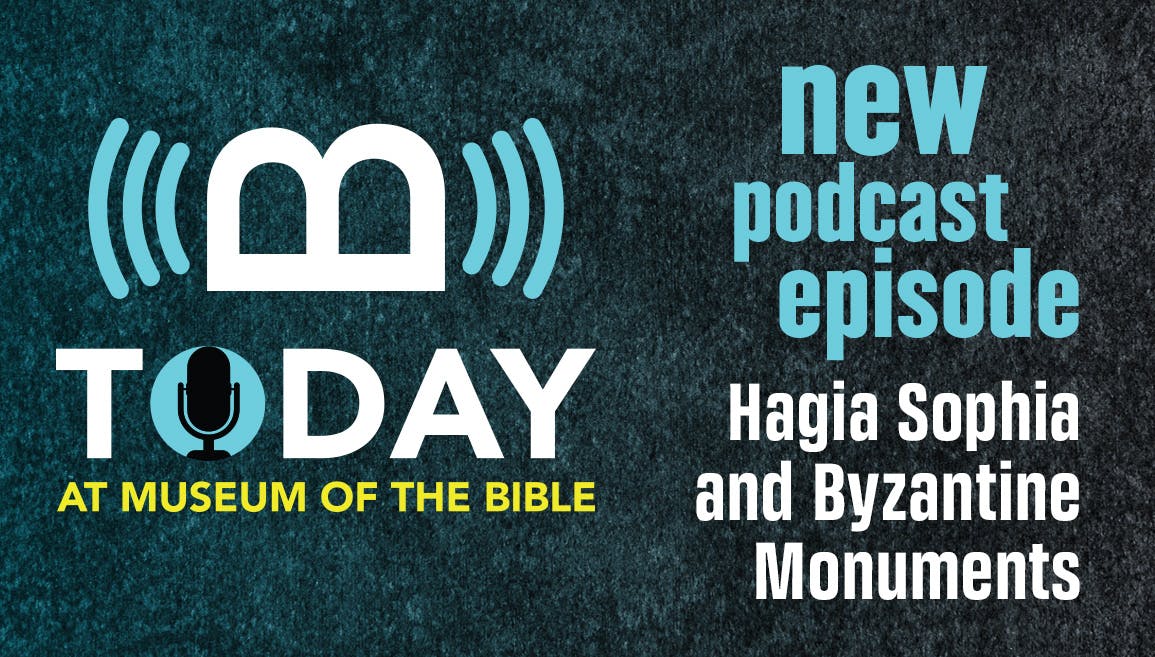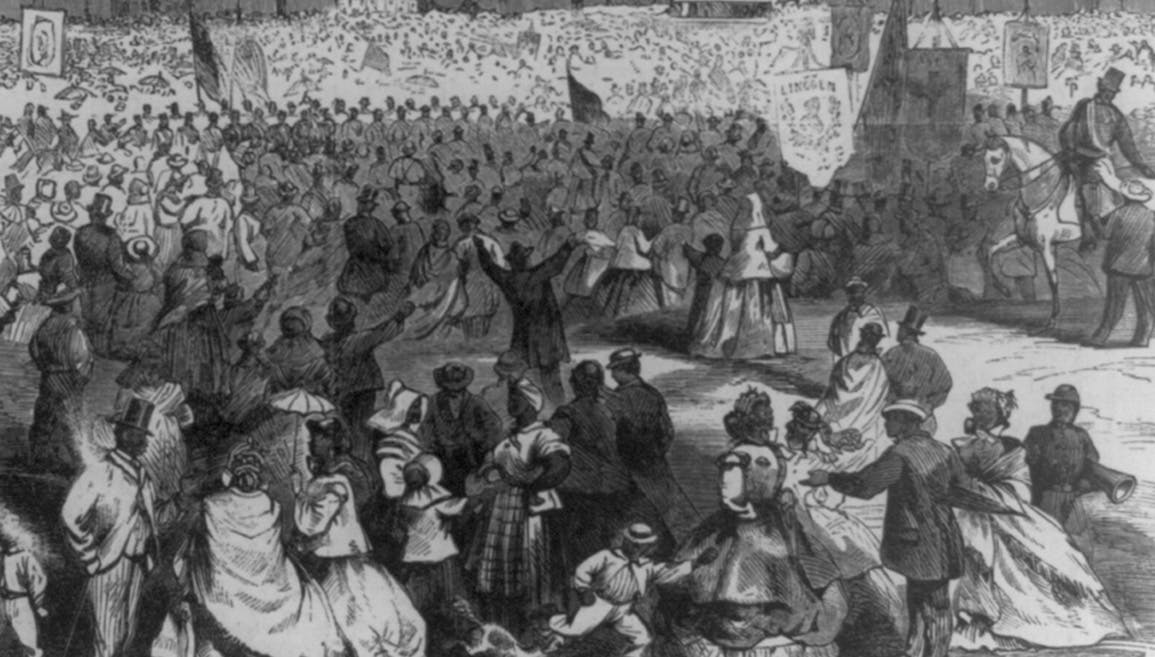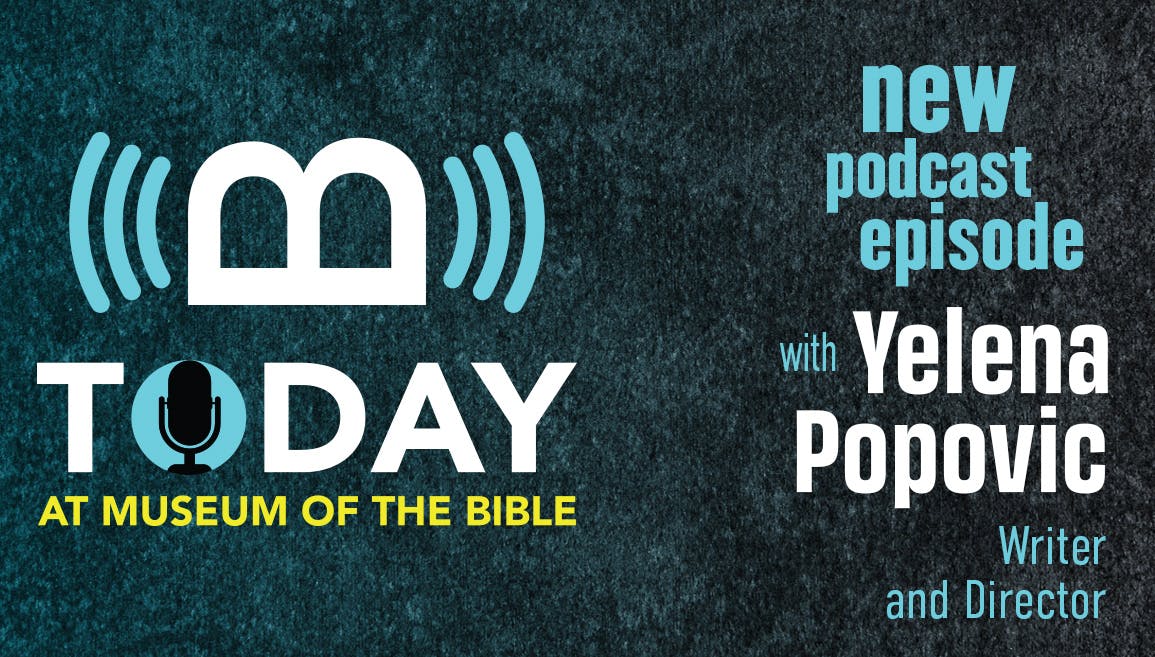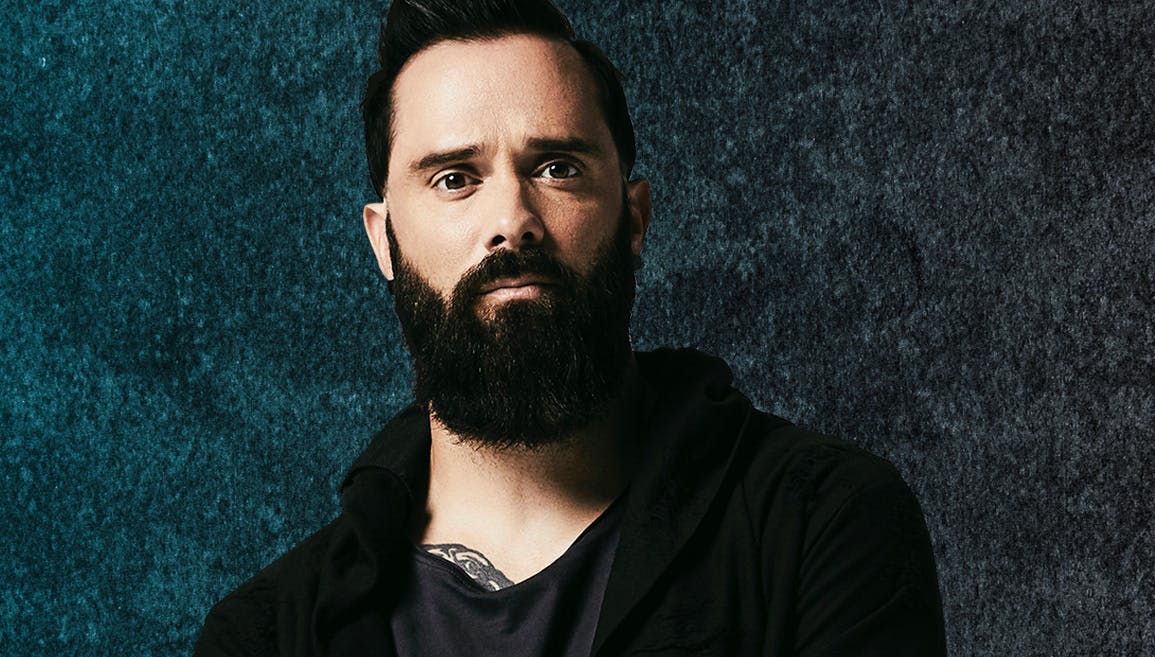From the Podcast: Hagia Sophia and Byzantine Monuments with Flora Karagianni

On our podcast, Charlotte Clay, our director of marketing and communications, and Dr. Jeff Kloha, our chief curatorial officer, interviewed Flora Karagianni, director of the European Centre for Byzantine and Post-Byzantine Monuments and head of the Department of Byzantine Antiquities and Museums in the Ephorate of Antiquities Thessaloniki City. Flora was involved in Museum of the Bible’s exhibition Hagia Sophia: The Churches of the Wisdom of God, a photographic exploration of 37 historic churches around the world dedicated to hagia sophia, meaning “holy wisdom” or “wisdom of God.”
The following interview has been edited for clarity and space. To get the full interview, listen to the episode on our podcast, Today at Museum of the Bible, or on our YouTube channel when it’s available.
Jeff: It's great to have you here, Flora. You’re here to both bring a manuscript on display and talk about a project for 2025. Let's start off with Byzantine monuments. So, what's a Byzantine monument?
Flora: So, in the whole world of the East, from the fourth century up to the fifteenth, this Byzantine Empire developed. The capital of this empire was Constantinople—today's Istanbul—but a great area around Constantinople, which includes a lot of today's nations like Greece, the Balkan Peninsula, [and parts of] Asia and North Africa, were under the jurisdiction of the Byzantine Empire. My country, Greece, was under this jurisdiction for almost 11 centuries. We are very proud to host a lot of monuments built from the fourth to fifteenth century, and they are called Byzantines because they were really erected within this framework of people living in this empire, which was the continuation of the Hellenistic world that [had] been Christianized. The vast majority of the standing monuments in Greece are Byzantine monuments, mainly ecclesiastical, but secular as well, that is, fortifications, palaces in some cities, monasteries, and churches.
In our city, there are preserved 15 Byzantine churches dated from the fourth to fifteenth century, plus fortification walls that surrounded the historical city, and they are all of such a high value that [they] have been included in the World Heritage List of UNESCO. So, working in the Hellenic Ministry of Culture, and especially in the Ephorate of Antiquities of Thessaloniki, I am responsible for all these monuments, in terms of working on every issue they have, if it is related to its restoration, conservation of frescoes, of mosaics, of all these architectural members that are included in these monuments and are preserved up to date. Plus, whenever somebody digs in order to build a house, he always—with no exception—finds antiquities under the ground. So, we really implemented a lot of excavations in the city. As I said, my role as head of the Byzantine Department is to supervise [these] excavations, whereas the good part of this is the findings really provide us with a lot of information on the city's infrastructure during all these centuries.
One very important dimension is they are not only monuments, but they are also alive churches, which means they are in everyday use [by] the congregation, which makes us aware of the situation that the users face every day. We run so many projects on the restoration of these monuments. We [have] big teams with architects, civil engineers, conservators, and are really trying to do our best to provide the monuments to the next generation.
Charlotte: I know you've been a big part of our newest exhibit on the Hagia Sophia. I wonder if you could tell us a bit about that.
Flora: For me, being a Byzantinist, Hagia Sophia of Constantinople really is a symbol of an amazing, exquisite culture developed in so many countries. Hagia Sophia was not just another Byzantine church. It became a symbol and, even today, in many places of the world, whenever they build a church that is in a seat of a bishopric or a metropolis, they named it after Hagia Sophia. This is why from the sixth century up to now, in the whole Christian world, there [have been] a lot of Hagia Sophias built, pointing out their relation to the major symbol of Hagia Sophia in Constantinople. I'm really very glad to see that you present this idea of the radiation of Hagia Sophia in the whole world. It's not a Byzantine monument but really reflects a connection with the center of Christianity. And in terms of theology, hagia sophia means “holy wisdom.” The church is centered in the wisdom of God.
Charlotte: So, you are working with Jeff's team on an exhibit coming in 2025?
Flora: Well, Jeff has this amazing idea to organize an exhibition of Byzantine art here in the museum. I am really very thrilled about this idea and I'm glad to be a small part of this vision.
This excerpt is from an episode of Today at Museum of the Bible. Listen to the whole interview on Spotify, Google Podcasts, Apple Podcasts, iHeart Radio, YouTube, or wherever you get your podcasts.
Come see the exhibit Hagia Sophia: The Churches of the Wisdom of God on display at Museum of the Bible until January 21, 2024.


